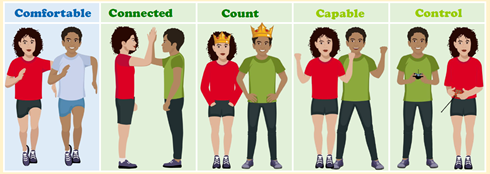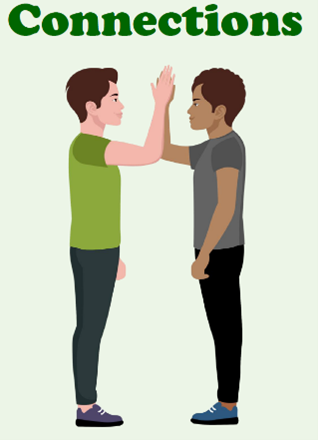Empowerment Approach
Brain Best Needs
 As part of our work with Kit Messenger, author of Curious not Furious, we are now teaching the children how to be at their brain best.
As part of our work with Kit Messenger, author of Curious not Furious, we are now teaching the children how to be at their brain best.
Why teach the children about Brain Best Needs?
- Noticing their own needs – It helps children start to notice what they need to feel calm, happy, and ready to learn or play. This awareness is the first step in helping them take charge of how they learn and get along with others. Example: noticing when they’re hungry, tired, or need a break.
- Getting ready to do their best – We call this Prep4Best. Children can plan ahead and let others know what they need, so they have the best chance to succeed. Example: asking for a quiet space to concentrate or making sure they have a drink of water before starting homework.
- Finding the right words – Children learn how to explain when something doesn’t feel okay, before it builds up and turns into a bigger reaction. We call this “catching the prickle.” Example: saying “It’s too noisy for me” instead of getting upset.
- Learning from tricky moments – When things go wrong, children can reflect on why it happened and think about what might help them manage better next time. Example: realising they got cross because they were tired, and choosing to rest before tackling the same task again.
- Understanding others – By learning about their own needs, children also learn to notice and respect the needs of others, which helps them grow in empathy and build stronger friendships. Example: recognising that a friend might need some space when they’re upset, instead of pushing them to play.
What are the 5C Needs?
 For our brains to work at it’s best we have physical, emotional and cognitive needs. We can look at these needs in a way that is accessible to the children. We call them the 5C Needs and they are broken down into Physical Needs, Emotional Needs and thinking needs.
For our brains to work at it’s best we have physical, emotional and cognitive needs. We can look at these needs in a way that is accessible to the children. We call them the 5C Needs and they are broken down into Physical Needs, Emotional Needs and thinking needs.
Connection

The need to feel connected
A strong connection means feeling cared for, liked, supported, and accepted just as we are. To be at our Brain Best, we all need lots of people in our lives who make us feel this way. We call this our parachute of support – the group of people who help us feel safe and steady, even when life is tricky.
When we feel connected, our bodies release a “feel-good” chemical called oxytocin, which helps us feel calm, happy, and ready to learn. But when those connections are missing, children (and adults!) may find it harder to stay calm and may react more strongly to challenges.
The good news is that we can build strong connections every day through:
- Kind words and actions – showing care and encouragement.
- Time and attention – being fully present with each other.
- Warm affection – a smile, a hug, or a gentle touch.
These simple things strengthen children’s parachutes of support and help them (and us!) to be at our Brain Best.

